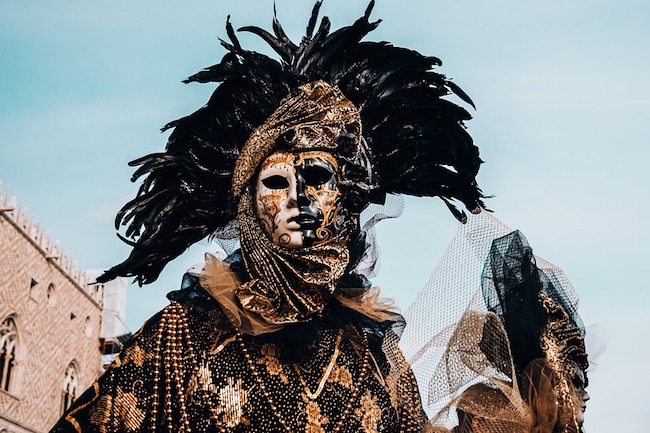Crimson Worm-Dye, Another Key Element Is Prepared For Building The 3rd Temple from Israel 365 News
On Monday, the Temple Institute completed its study of the Biblical crimson dye with a practical demonstration. The study is part of the institute’s ongoing Red Heifer project led by Rabbi Yisrael Ariel and his son, Rabbi Azariah Ariel, as the crimson wool is a necessary element in the preparation of the ashes of the red heifer:
The cow shall be burned in his sight–its hide, flesh, and blood shall be burned, its dung included–and the Kohen shall take cedar wood, hyssop, and crimson stuff and throw them into the fire consuming the cow. Numbers 19:5-6
The study was concluded at an auspicious time as Jews worldwide are currently reading this section of the Torah concerning the Red Heifer. The ceremony of the Red Heifer is one of the most mysterious and inexplicable of all the ceremonies.
A perfectly red heifer is slaughtered and burned entirely outside of the temple. The ashes are necessary to purify Jews who have been rendered ritually impure by contact or proximity to a dead body. Though the Temple service can be reinstated without the ashes of the red heifer, personal sacrifices will only be possible after the ceremony is reinstated.
The dye is referred to in the Bible as תּוֹלַעַת שָׁנִי (Tola’at Shani). This term is usually translated as crimson wool, but the actual term refers to the insect, which is the source of the dye. The dye produces a unique shade of red used for the Temple curtain, as well as the High Priest’s garments.
In 2002, Dr. Zohar Amar of Bar Ilan University claimed to have verified the specific insect referred to in the Bible and even extracted some dye. He concluded that the color produced was orange rather than red.
“We checked many historical sources, the most important of which is Josephus, who was the last to describe and document the existence of the ‘Shani’ in the Temple,” Dr. Amar said. “Josephus describes the color as symbolizing fire, which is orange – as opposed to the red that many think it is. Our production process also produced orange.”
The rabbinic authorities have finally confirmed his conclusions at the Temple Institute. The process is quite involved. In rabbinic literature, the dye is referred to as zehorit, which was extracted from the body of the “crimson worm” (carmine), the Kermes biblicus.




